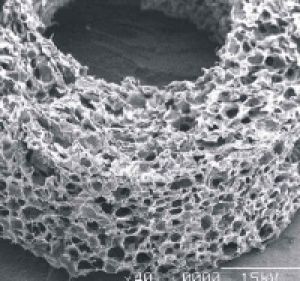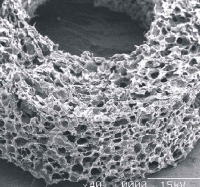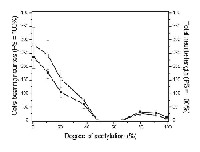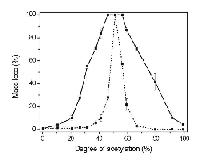Chitosan in Tissue Engineering Applications

Dr. Thomas Freier
Tissue engineering is a rapidly growing interdisciplinary field of research focused on the development of vital autologous tissue through the use of a combination of biomaterials, cells, and bioactive molecules, for the purposes of repairing damaged or diseased tissue and organs. The future tissue engineering market potential has been estimated at 70 billion Euro. Due to its biocompatibility and biodegradability, together with its specific interactions with components of the extracellular matrix and growth factors, chitosan has emerged as exceptionally promising material for various tissue engineering applications, including skin, nerve, bone, and cartilage repair applications.
Modifying the degree of acetylation (DA) of chitosan provides a powerful means for controlling biodegradation and biocompatibility in tissue engineering applications. Prolonged degradation times and enhanced cell adhesion can be achieved using chitosan with a DA close to 0%. Slightly higher DAs, up to about 20%, allow for faster degradation and comparatively good cell adhesion and differentiation. Fastest degradation can be achieved with chitosan having intermediate DAs, but at the cost of limited cell compatibility (Figs.).


Despite the high potential of chitosan, there are still limitations for its broad use in tissue engineering. For example, porous chitosan matrices which allow for cell ingrowth and tissue regeneration have low mechanical strength under physiological conditions. As an alternative textile based scaffolds, made from chitosan fibres, may be able to overcome the insufficient strength. Another issue to be solved is the natural origin of the biopolymer that requires well-selected sources of raw material in sufficient quantities together with a specific purification methodology leading to medical grade biomaterials of defined and reproducible properties.




